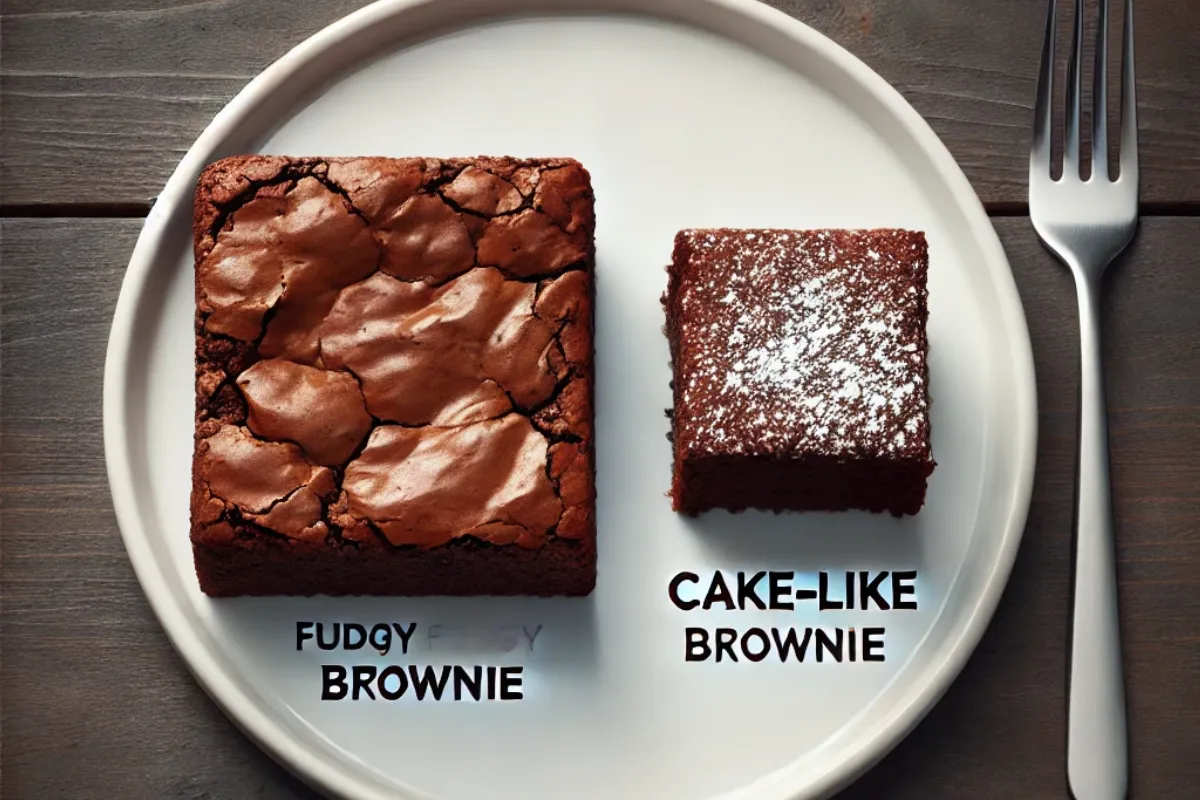Brownies and cookies are beloved desserts enjoyed by many around the world, but a common question often arises: What category do they fall under? Understanding the classification of these baked goods is essential not only for culinary enthusiasts but also for those looking to master the art of baking. This article delves into the nuanced differences between brownies and cookies, exploring their origins, ingredients, and the baking techniques that distinguish them.
Understanding the Basic Definitions
What Are Cookies?
Cookies are typically small, flat, and sweet baked treats made from flour, sugar, and some type of fat (like butter or oil). They come in a variety of forms, including drop cookies, pressed cookies, molded cookies, and bar cookies. Each type has its unique characteristics and methods of preparation.
What Are Brownies?
On the other hand, brownies are square or rectangular bars made primarily of chocolate or cocoa, sugar, eggs, and flour. They are known for their rich, dense texture, which can be either fudgy or cakey, depending on the recipe. Although often compared to cakes, brownies differ significantly in their composition and method of preparation.
The Historical Context of Brownies and Cookies
Brownies and cookies have distinct origins, both rooted in the traditions of American baking. Cookies trace their history back to the Persian Empire, where sugar was first used in baking. They gained popularity in Europe and eventually in the United States, where various types, including bar cookies, were developed.
Brownies, on the other hand, are a relatively modern invention, dating back to the late 19th century in the United States. They were likely created by accident when a cook failed to add baking powder to a chocolate cake batter, resulting in a denser, fudgy treat. This serendipitous mistake led to the creation of what we now know as the brownie. For a delicious variation, check out The Ultimate Banana Brownie Recipe, which puts a delightful twist on this classic treat.
For more details on the history of brownies, check out the History of the Brownie.
Brownies as Bar Cookies
While many might initially classify brownies as a type of cake due to their rich texture, they are technically bar cookies. Bar cookies are distinct from other types because they are baked in a single pan and then cut into squares or rectangles. This method of preparation aligns perfectly with how brownies are made.
- Characteristics of Bar Cookies:
- Baked in a single sheet or pan.
- Cut into smaller portions after baking.
- Typically denser and richer than other cookie types.
Brownies fit this description precisely, making them a prime example of bar cookies. They share similarities with other bar cookies like lemon bars and blondies, which are also baked in a tray and sliced into portions after baking. Curious about the difference between fudgy and cakey brownies? Explore What Makes Brownies Cakey vs Fudgy to understand the textural variations better.
For a broader overview of the different types of cookies, including bar cookies, you can visit Types of Cookies.
Brownies vs. Cakes: A Common Misconception
Despite their similarities in texture to cakes, brownies are not classified as cakes. Here’s why:
- Textural Differences: Brownies are denser than cakes, which are typically light and airy due to the use of a leavening agent like baking powder or soda.
- Ingredient Variations: While both cakes and brownies use flour, sugar, and eggs, brownies have a higher fat content, usually from butter or chocolate, contributing to their dense texture.
- Baking Methods: Cakes are often layered and frosted, whereas brownies are baked in a single layer and cut into squares.
These factors make brownies unique, solidifying their place in the bar cookie category rather than as a type of cake.
The Role of Ingredients and Baking Methods
The classification of brownies and cookies also hinges on the ingredients and baking methods used:
- Key Ingredients: Both cookies and brownies share some common ingredients like flour, sugar, and eggs. However, the proportions and additional ingredients (like chocolate in brownies) differ significantly.
- Baking Techniques: Cookies are often baked in individual portions, while brownies are baked as a single unit in a tray, making them a perfect example of bar cookies. If you’re experimenting with ingredients, you might want to try substituting butter with Greek yogurt. Learn more in Can You Replace Oil with Greek Yogurt in Brownies.
The different baking techniques and ingredients contribute to the distinct texture and flavor of these treats, reinforcing their respective classifications.
FAQs Section
Here are some frequently asked questions about the classification of brownies and cookies:
- What are bar cookies?
Bar cookies are a type of cookie that is baked in a single pan and then cut into squares or rectangles after baking. Brownies are a prime example of bar cookies. - Are brownies considered cookies or cakes?
Brownies are classified as bar cookies, not cakes, due to their method of preparation and dense texture. - What makes a brownie different from a cookie?
While cookies are typically baked in small, individual portions, brownies are baked as a whole and cut into pieces, classifying them as bar cookies. - Can a brownie be classified as a cake?
No, due to their density, method of preparation, and ingredient proportions, brownies are classified as bar cookies rather than cakes. - Why are brownies categorized differently?
The dense texture, higher fat content, and method of baking (in a tray) are the main reasons brownies are classified as bar cookies.
Conclusion and Final Thoughts
In conclusion, while the debate about whether brownies are cookies or cakes may persist, it’s clear that they belong in the bar cookie category. Understanding this classification helps bakers and dessert lovers alike appreciate the unique qualities that make brownies and cookies distinct.
Proper classification is not just about labels; it’s about understanding the art and science of baking, ensuring that each treat is prepared and enjoyed to its fullest potential.

